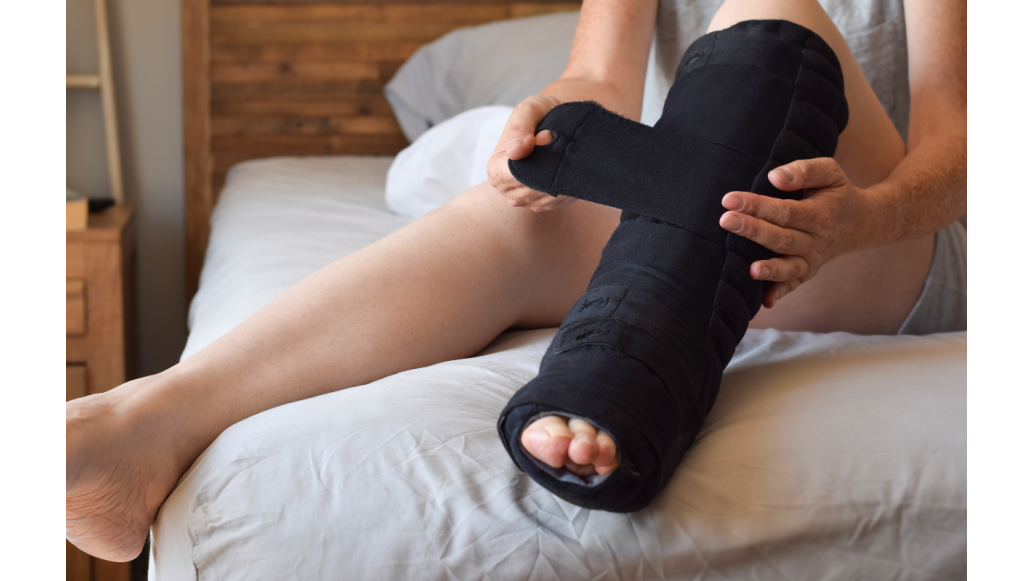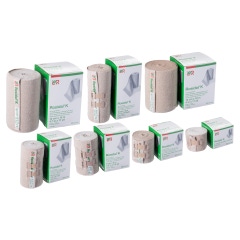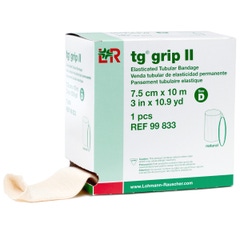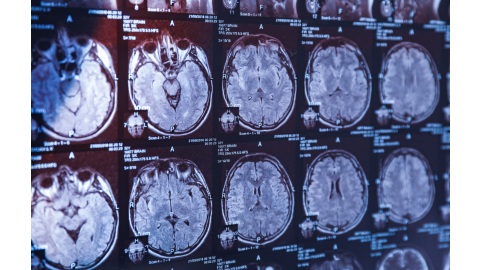Lymphedema, a progressive and chronic condition affecting millions worldwide, often goes unrecognized and untreated. Therapists regularly encounter patients with lymphatic system injuries, such as post-surgical swelling or trauma-related edema. If unmanaged, these can lead to long-term complications like limited mobility and chronic pain.
Complete Decongestive Therapy (CDT) – including Manual Lymph Drainage, compression, exercise, skin care, and self-care – is the gold standard treatment to reduce swelling and improve outcomes. Early diagnosis and intervention are vital. For therapists, addressing lymphedema enhances patient care and recovery, while specialized certifications and educational resources, like those from the National Lymphedema Network, are available to deepen expertise.
Key Takeaways:
- Therapists’ Role in Management: Occupational and physical therapists frequently encounter lymphatic system injuries and have the unique ability to address swelling and improve patient outcomes.
- Complete Decongestive Therapy (CDT): CDT is the gold standard treatment, combining Manual Lymph Drainage, compression, exercise, skin care, and self-care to manage and alleviate swelling.
- Importance of Early Intervention: Early diagnosis and intervention are essential to managing lymphedema effectively and preventing long-term complications.
- Educational Resources and Certification: Therapists can deepen their expertise through certifications like CLT and resources from organizations such as the National Lymphedema Network.
Now I know what you may be thinking…. “I don’t treat lymphedema,” “I don’t work with patients going through oncology treatment,” or maybe even, “I don’t know what lymphedema is.” Whether you know it or not, you are still working with patients on a regular basis that have some form of acute or chronic lymphatic compromise due to their injury or disease state.
For example, the person who just received a total knee replacement who presents with significant edema from ankle to thigh would demonstrate improvement of their knee range of motion after adding manual lymph drainage and compression bandaging into their treatment plan for several sessions and obtaining a thigh-high compression stocking for them to wear daily. Or the person who had a traumatic hand injury with complications with wound dehiscence. Both examples include injury to the lymphatic system, which increases that person’s chances for long-term swelling effects, known as lymphedema.
Edema and inflammation are prevalent issues for nearly every patient in occupational and physical therapy settings. Unfortunately, these symptoms often go untreated or unacknowledged. If left unaddressed, they can lead to long-term complications such as limited mobility, chronic pain, and increased risk of infections and wounds. However, as therapists, we have the unique ability to effectively treat swelling, minimize long-term effects, and improve outcomes for every patient.
It is estimated that up to 250 million people worldwide have lymphedema with an estimated 10 million living with lymphedema in the United States, more than HIV, Parkinson’s, multiple sclerosis, muscular dystrophy, and ALS combined.1 Despite the number of individuals struggling with this debilitating condition, it remains one of the most misunderstood, misdiagnosed, and untreated medical conditions.
Lymphedema is an abnormal collection of lymph (protein-rich) fluid in an area of the body. Swelling may occur in an extremity, face, neck, or trunk. Factors that contribute to the development of lymphedema include surgery, radiation therapy, congenital defects of the lymphatic system, obesity, infections, sedentary lifestyle, dependent limb position, recurrent tumor, or trauma to remaining lymphatics.
Lymphedema is both progressive and chronic, and although there is no cure, treatment may help control the collection of fluid, decrease risk of possible infection, and improve patient’s quality of life. Symptoms range from mild to severe, and early diagnosis and intervention are key factors to long term management and outcomes.
Complete Decongestive Therapy (CDT) stands out as the gold standard treatment for addressing most swelling-related conditions. This is a painless, non-invasive technique consisting of five principal components, and is indicated for post-surgical or post-traumatic swelling, amputated limb edema, post-stroke hemiplegic edema, chronic venous insufficiency, and lymphedema.
1) Manual Lymph Drainage (MLD): MLD is a delicate and precise massage technique designed to guide lymph fluid toward healthy lymph nodes and vessels, facilitating its reintegration into the vascular system.
2) Compression Therapy: During therapy, a multi-layered short-stretch bandaging technique is employed to preserve the benefits of Manual Lymph Drainage, support muscle function in promoting lymphatic return, break down fibrotic tissue, and restore balance to the reduced tissue pressure caused by lymphedema. After completing the intensive treatment phase, compression garments are provided to replace bandages for daytime use and, when necessary, for wearing overnight.
3) Exercise: Exercise engages the muscles, promoting the decongestion of the affected area, enhancing lymph flow, and stimulating the dilation of lymph vessels.
4) Skin Care: Patients are instructed on proper skin care techniques and educated about infection prevention, including recognizing early signs and symptoms to safeguard their health.
5) Self-Care: Patients receive comprehensive education and training on the techniques and steps required to effectively manage their symptoms following discharge from intensive therapy. This may involve practicing self-manual lymph drainage, adhering to the use of compression garments, and implementing a tailored home exercise program.
Surgical options are available for lymphedema; however, compression therapy and other self-management strategies remain essential components of care even post-surgery. Advanced certification is available for both physical and occupational therapists to specialize in and utilize these techniques, known as Certified Lymphedema Therapy, or CLT.
To learn more about the lymphatic system and lymphedema, nonprofit organizations, such as the National Lymphedema Network, offer both virtual and in-person continuing education for physical and occupational therapists, as well as resources for patients.
Recommended products:
References
- “The Incidence and Prevalence of Lymphedema,” Lymphatic Education & Research Network, accessed March 10, 2025, https://lymphaticnetwork.org/living-with-lymphedema/the-incidence-of-lymphedema/
Medical Disclaimer: The information provided on this site, including text, graphics, images, and other material are for informational purposes only and are not intended to substitute for professional medical advice, diagnosis, or treatment. Always seek the advice of your physician or other healthcare professional with any questions or concerns you may have regarding your condition.








 France
France Australia
Australia
















